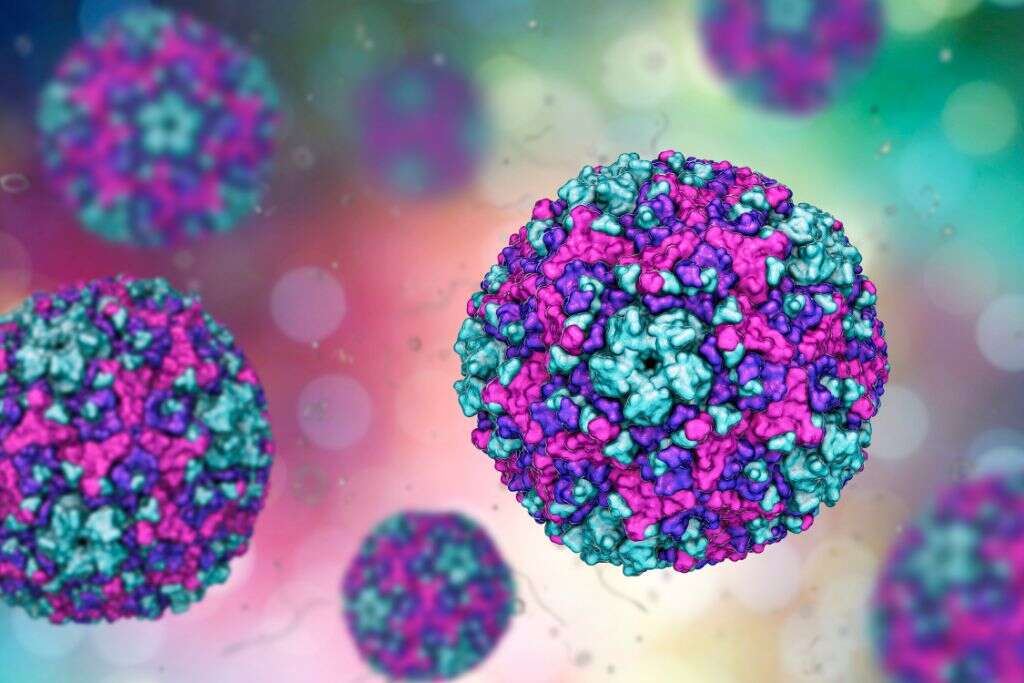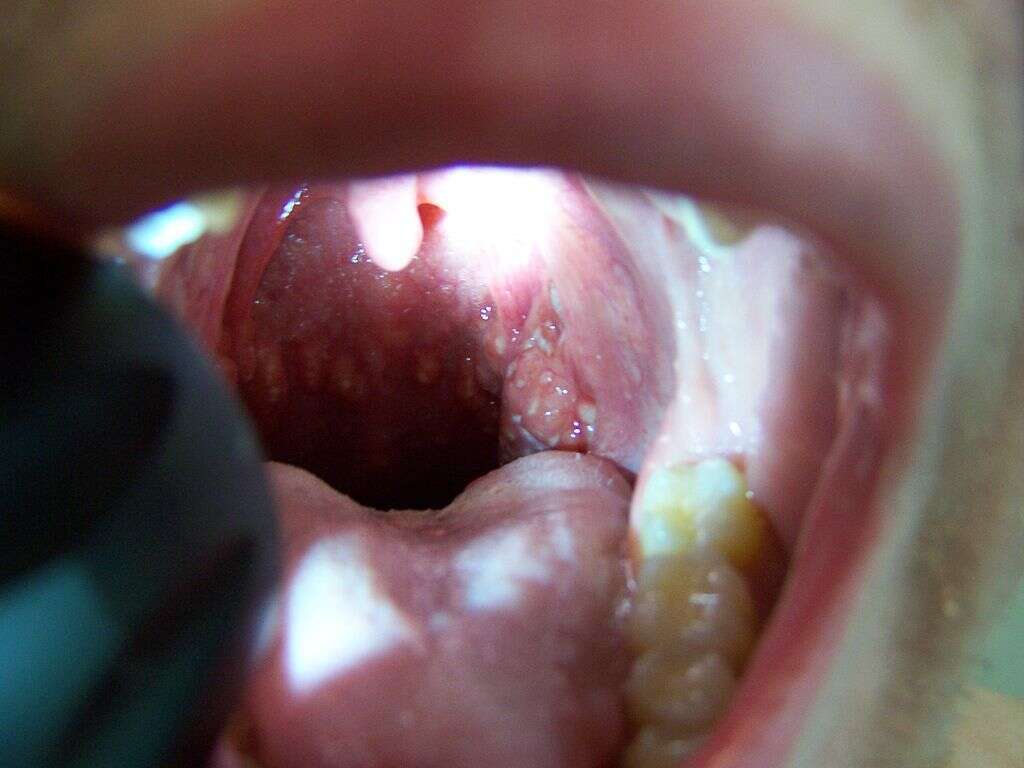What Is Herpangina?
Most children go through a string of illnesses, particularly when they are very young, while they are building up their immunities. Herpangina is a viral illness that can cause several symptoms, the most striking of which is groups of ulcers on the inside of the mouth and the throat. The good news is that it rarely develops into anything life-threatening.
Once children have developed a strong immune system, their chances of contracting herpangina lower significantly. It is still possible, however, for older children and adults to catch the virus. Knowing what to look for can lead to faster diagnosis and a smoother recovery.
1. What Are the Symptoms of Herpangina?
When children are exposed to herpangina, their symptoms can appear in two to five days. A few general symptoms, such as a sudden high fever, sore throat and headaches, show up first. Most parents think their children simply have a bad cold when the infection starts.
After a couple of days, you can begin to see small, gray blisters in your child’s mouth and throat. This is the telltale sign of herpangina. Other symptoms may also appear, such as neck pain, difficulty swallowing and loss of appetite. Babies may vomit or drool more than usual.
2. What Causes Herpangina?
The most common causes of herpangina are coxsackie viruses A and B. Some strains are caused by Enterovirus 71 or the echovirus. These viruses are often present in fecal matter. Once children have had herpangina, they build up an immunity to it, but they may still be vulnerable to other strains.
As with any virus, it is pretty easy to spread herpangina from person to person. Droplets expelled from the mouth and nose can carry the germs that cause it to spread to someone else. This is especially likely when people with the virus cough or sneeze and either do not cover their mouth or cover it with their hands without washing them afterwards.

3. Who Is Susceptible to Herpangina?
The virus usually affects children between the ages of 3 and 10. They tend to contract it at places where they are surrounded by a lot of other children. This includes but is not limited to schools, childcare centers, team-based extracurricular activities and camps.
People of any age, however, can catch herpangina if they are exposed to one of the viruses that cause it. Parents often catch it from children who bring it home from school or camp, particularly in the summer and fall, when outbreaks in the U.S. tend to be the highest.
4. How Contagious is Herpangina?
In the ideal world, everyone would wash their hands thoroughly and often, particularly before eating or touching their faces, to prevent the spread of viruses and other germs. Herpangina can live on surfaces for days, but it is easily killed with common household cleaners. It is the most contagious in the first week of infection.
However, no matter how vigilant teachers or custodians are in keeping areas clean, they cannot walk behind each child all day with a disinfectant wipe to sterilize everything the child touches. Therefore, if one child in the classroom has herpangina, he or she may spread it to the rest of the class.

5. What Are Some Possible Complications?
Dehydration is the most common complication that occurs with herpangina. Children may not drink as many fluids as usual because it hurts when they swallow. If your child has a dry mouth or excessive fatigue, these symptoms could mean he or she is dehydrated. People with dehydration also urinate less frequently, and their urine is darker in color.
If pregnant women contract herpangina, there may be complications for them or their unborn babies. It can slow the growth of the fetus, resulting in low birth weight or delayed development. Early delivery is also a possible complication.
6. How Is Herpangina Diagnosed in Children and Adults?
Diagnosis of herpangina is fairly straightforward. It may look like any other virus when symptoms first appear, but once the ulcers form, it’s generally clear. These particular ulcers have a unique appearance that indicates right away what the problem is.
The infection usually lasts for about 10 days. Doctors may request that patients schedule another appointment if the illness becomes prolonged. During follow-up visits, they may order specific tests to make sure there are no other factors contributing to the rate of the healing process.

7. How Is Herpangina Diagnosed in Babies?
Babies are harder to diagnose than older children or adults. They may show a lot of the same symptoms, but they also may present with mild signs or no symptoms at all. Specific things to look out for are fever, excessive drowsiness or fussiness, upset stomach and ulcers in the mouth.
It is always a good idea to consult your doctor if your baby is behaving differently than normal or if he or she has a persistent fever or sores. In some cases, herpangina in babies can cause liver failure or swelling in the brain or in the tissues surrounding the spinal cord. The earlier the doctor can intervene, the better.
8. How Is Herpangina Treated?
Most of the symptoms of herpangina go away on their own within 10 days. Doctors usually send patients home with instructions to get plenty of rest and an adequate intake of fluids to avoid dehydration.
Because it is caused by a virus, herpangina can’t be treated with antibiotics. Doctors may prescribe topical ointments with a numbing agent to soothe the pain of the ulcers. They may also recommend age-appropriate doses of ibuprofen or acetaminophen. Children should not take aspirin for viral infections, as it could cause Reye’s syndrome, which can be fatal.

9. Are There Home Remedies for Herpangina?
The first thing you should do when your child contracts herpangina is to change his or her diet. Spicy or crunchy foods can irritate blisters in the mouth. Food should be bland and easy to swallow. Serve things such as bananas, rice, cooked vegetables, smoothies or ice cream.
Again, you want to make sure your infected child is getting enough water. Increase fluid intake to battle fever and prevent dehydration. Periodic gargling with saltwater may ease the pain of the ulcers and help them heal more quickly.
10. How Do You Prevent Herpangina?
The best way to prevent herpangina is consistently good hygiene. Frequent and thorough hand washing, along with regular disinfecting of all surfaces, goes a long way toward minimizing the risk of infection for a myriad of illnesses.
It’s never too early to start teaching children how to prevent the spread of germs. As soon as they are old enough to attend daycare or other large gatherings with other children, they are old enough to start getting into the habit of sneezing or coughing into their elbows. If children are sick, particularly if they have a fever, keep them at home to prevent them from spreading their illness to others.











